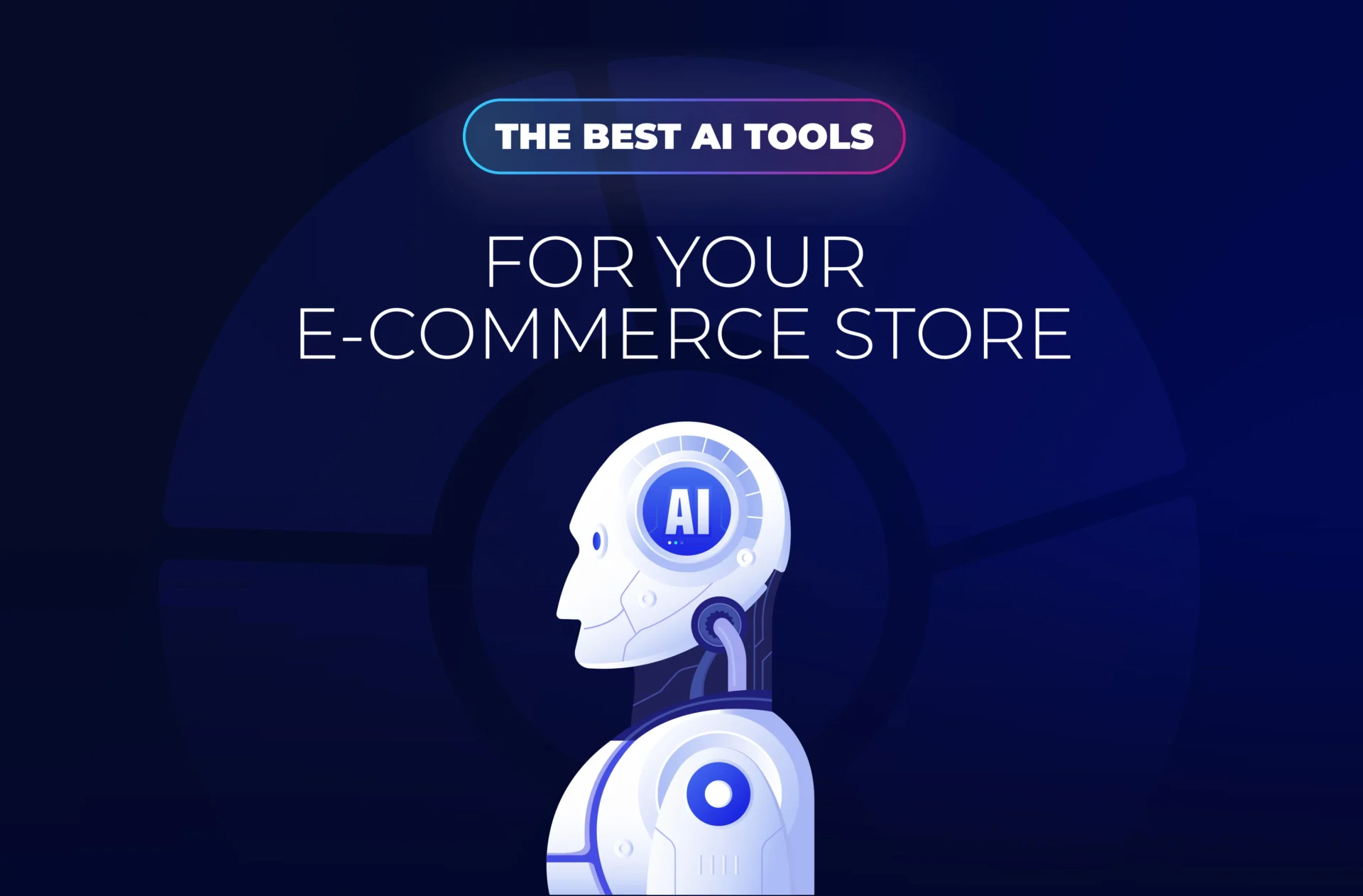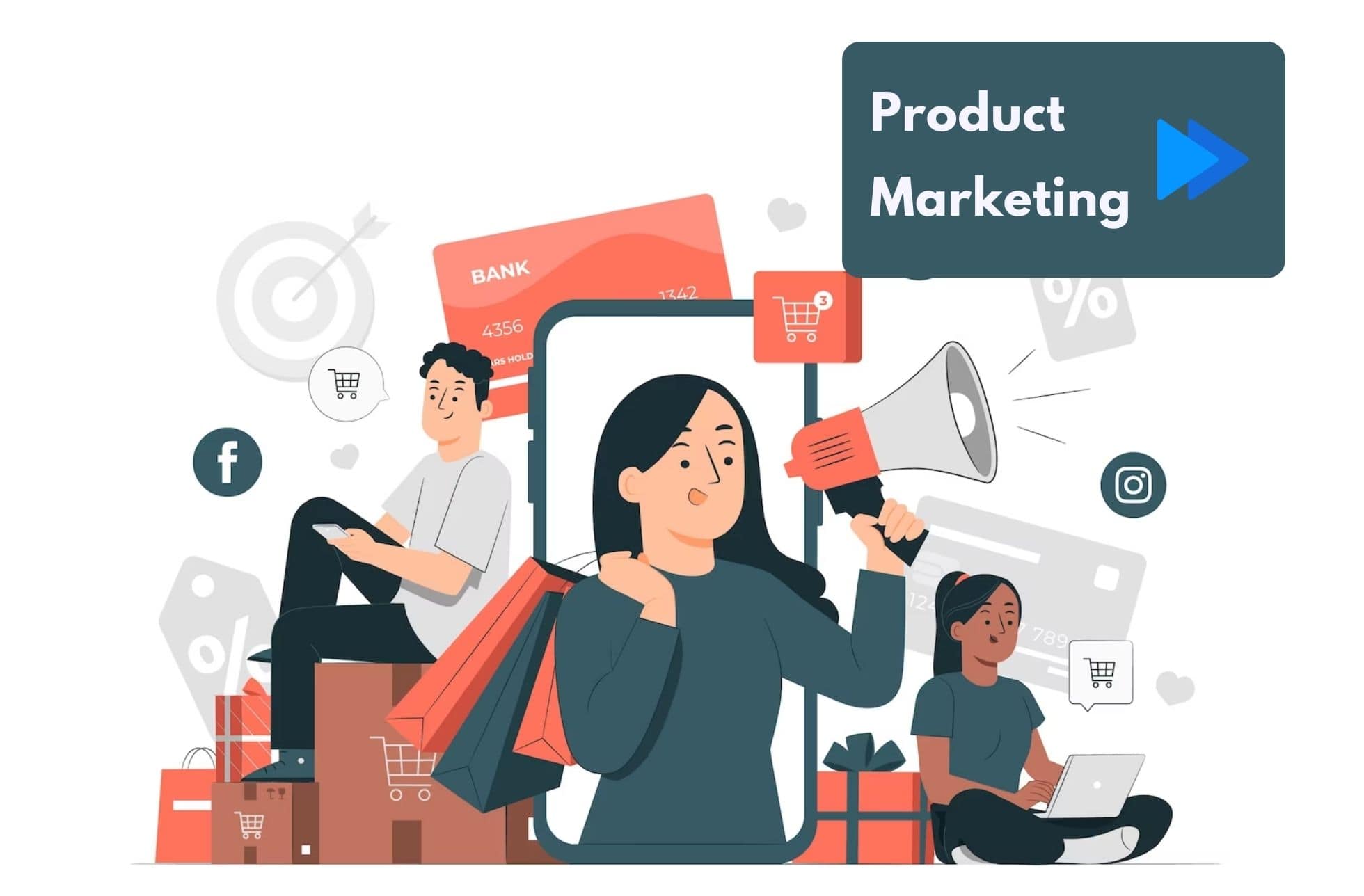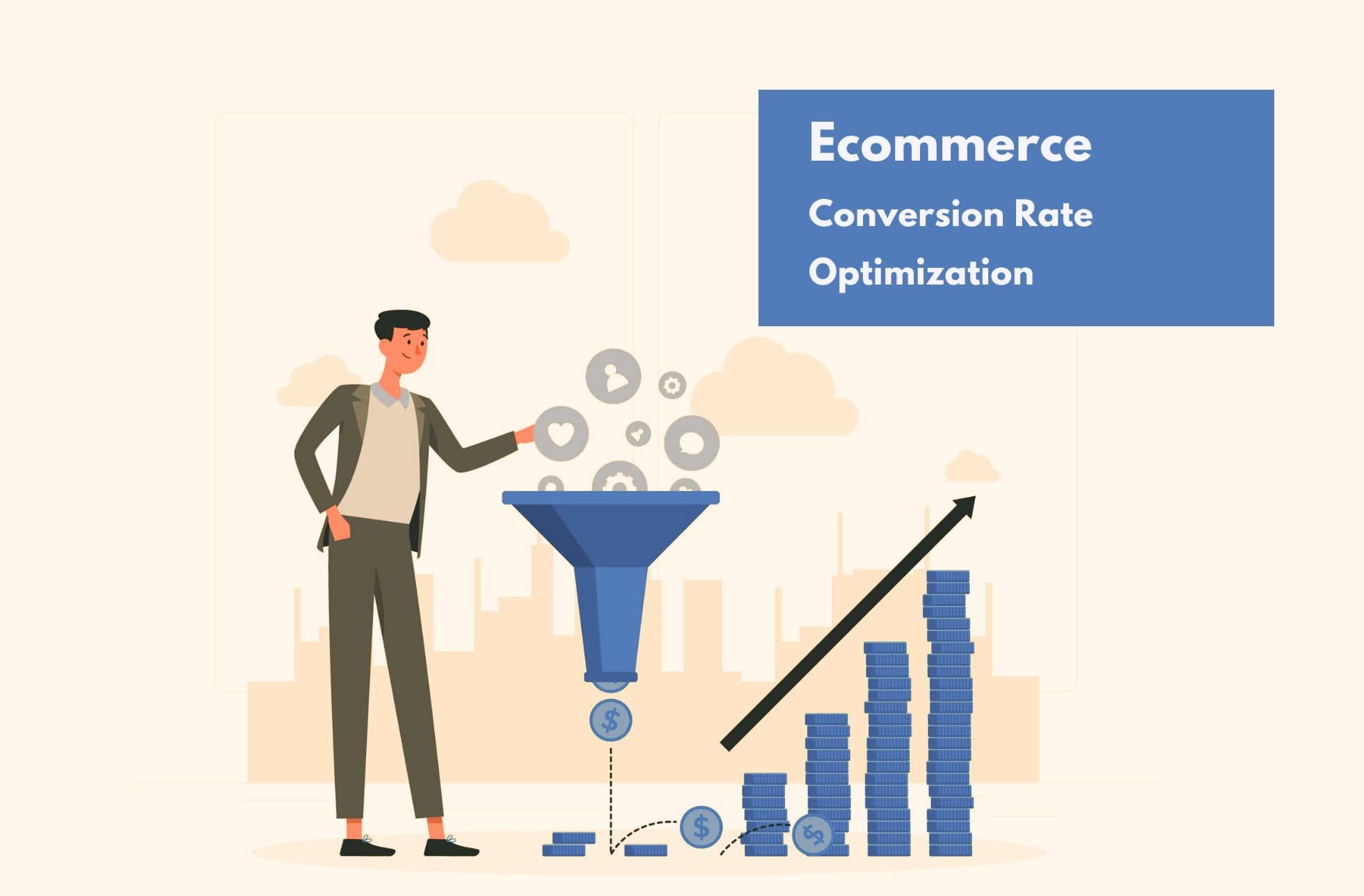Customer retention is one metric that determines the success of any business – higher customer retention, better is business health. However, it is equally difficult in the modern era as the consumer today is less loyal than before. There are obvious answers to this phenomenon.
First, the consumer today is filled with alternatives, and brands are allocating higher ad budgets to poach customers to their products.
Second, The cascading effect of too many alternatives reflects when a consumer moves to another brand due to a single bad experience.
Third, the consumer today wants to experiment, they want to experience several services before they settle for one.
On the other hand, once you’re able to retain your customers, you get to see the boost in revenues. The reason is straightforward it increases customer lifetime value which sees customers spending multiple times.
Therefore, it becomes quintessential for businesses to adopt customer retention techniques to be on the top of their game. This blog aims to educate readers about customer retention
1. The benefits of customer retention:
The impact of the customer retention can be understood clearly from the research done by Bain & Company, which is also the inventor of net promoter score, found out that with every 5% customer retained, the profits increase from 25% to 95%/
Note: The Net Promoter Score (NPS) enables brands to measure their customer’ experience and predict growth. In other words, it helps brands to figure out their customers’ overall perception of your brand.

It is important to quote another study by Forrester Research which found out that it cost 5-6 times more to acquire new customers than to convert an existing customer again. Add to this the Gartner Group report which found out that 80 percent of future profits come from 20 percent of the existing customers. Therefore, this strengthens the argument that adopting customer retention techniques should be the first priority.

Some of the most notable consequences of retaining the customers are:
1.1 Higher conversion rates:
It is the ratio of the buyers to visitors i.e. the number of the customers making a purchase to the number of visitors for a certain website. It is a clear indication that customers are satisfied with services and can make purchases at periodic intervals. This empowers you to understand their behaviors and make offerings in the future with high affinity to convert.
1.2 Higher profits:
If we combine the findings of the two studies – Bain & Company and Gartner Groups – it is 5-6 times costlier to acquire a new customer and 80% of the purchases to be made by existing customers, we clearly find that identifying the right set of customers increase the profits.
1.3 Higher ROI:

Every marketer aims for a high ROI marketing campaign, however, fewer achieve them. However, once you’ve retained the customers it becomes easier for you to run campaigns with high affinity to convert. Email marketing works best here if you have the data of happy customers. This channel has the highest ROI among all the channels contrast to building a long-term business relationship with a new customer which costs 16 times more than to maintain an existing customer.
1.4 Greater Flexibility:
Another luxury with retaining customers is the greater room for improvement. It enables small business owners and marketers to make changes to the sales funnel at every level. It helps to determine to what extent the customer engages with the product or campaign, the satisfaction level with the performance of the product/service.
1.5 Lower costs:
It’s no different from the points above. Once you’ve identified the right customers and the right channels where customers’ response is maximum, the costs associated with running a certain campaign automatically gets trimmed.
2. How to measure Customer Satisfaction & Churn Rate?
As explained above Net Promoter Score is a great way to find out the satisfaction level of the customer’s with your product and services. However, it gives us a macroscopic view, to get an insight look, you need to dig deeper. Here retention rate and churn rate helps marketers and business owners.
The Retention Rate and Churn Rate are the two side of the same coin. The one finds the proportion of the customers staying whereas the later, addresses the proportion that left. Both are bound by a time interval.
However, it’s the churn rate, which is most common among the sellers. It tells about the no of the customers who end their relationship with a company over a period of the time, the typical time period ranges from months to quarter to a year.

Furthermore, the companies evolving their pricing strategies constantly observe it on a monthly basis. Some of the examples can be SaaS-based software, gym memberships, and mobile data provider firms.
3. How to Calculate these metrics?
Calculation Churn Rate or Retention rate is pretty straightforward. To calculate you need to divide the number of customers who ended the relationship at the end of the period with a total number of customers at the beginning of the time interval.
Whereas, to find retention rate, you need to divide the total number of active customers at the end of the period with those at the beginning of the time period.

4. How to apply these metrics?
As the very idea of determining the churn rate is to determine the rate and severity of the customers cutting ties with your brand, it helps brands
- to identify the customers on the cusp of losing;
- to identify the entry barriers
- and hurdles that make the usage of service/product painful.
The complete picture enables to identify:
- A specific demographic
- Their interaction with your offering
- The hurdles in smooth functioning
Once you’ve obtained the list of factors responsible for the customers moving away from you, its time to get down to implement the customer retention techniques to reduce churn rate by adopting the multi-pronged strategy to maximize profitability. Commonly used techniques to increase customer retention:
4.1 Content Creation:
It is the first step towards making a customer stay with your brand. This involves creating content which educates the customers, answers their questions, offers a product walkthrough, engages them through a webinar, provide user-manual to ease its usability.

The content creation serves a dual purpose. On the one hand, it helps you to increase website traffic and generate new leads, on the other hand, content creation also helps you to engage with your loyal customers. Therefore, it compels them to visit your site and increases their chance to make a repeat purchase.
4.2 Run a referral program:

This strategy again kills two sparrows with a single arrow. First, it helps you to acquire new customers through your existing ones. On the other, once you incentivize your existing customers for referrals, you make them stay with you and turn them from users to brand ambassadors. Nothing equals good old word-of-mouth strategy.
Uber has a great referral program, the one who is referred gets $20 off and as the referrals become riders, the ones who referred them are awarded suitably as well. You must employ this referral structure or the one that suits your business style.
4.3 Invest in building a customer community:
The modern era is all about growing together. A Gallup study found out that customers are worth more when they’re engaged. Building customer communities around forums where they can discuss their ideas, ask queries and offer suggestions is the backbone and boon for any business. Here are some statistics related to customer communities:
- 53% of Americans who are part of a social brand community are more loyal to the brand
- 33% of companies report that branded communities alone have changed marketing plans and products
- 80% of marketers indicate that building brand communities have increased traffic
- 66% of companies say they turn to brand communities for product development
- 64% of companies state the brand community has improved their decision-making

4.4 Ask for feedback:

The best suggestions come from those who use them. Therefore, it should be the highest priority to listen to the customers’ suggestion. The best way is to immediately send a personalized email asking them the reason for termination whenever any user leaves your product/service. The feedbacks helps you know about the customer complaints so they can be rectified to improve customer satisfaction and encourage repeat purchases and to improve customer retention rates.
4.5 Improve Customer Experience:
It requires a multi-pronged approach. Research from Zendesk suggests that 87% of customers think brands need to put more effort into providing a seamless customer service experience.
Therefore, whenever implementing the customer feedback, always back it up with great onboarding training if they struggle in getting familiar with the product provide expert training – faq, docs, video, hands-on, video calls and more.

Also, as you the above chart shows the majority leaves as they consider you don’t care about them, therefore it is always advisable to provide a multimodal point of contacts – Social Media Groups, Phone, Video Call, Chatbots, instant chats, Skype, emails and more. Moreover, these points of contact should be easily available, empathetic, and prompt.
Then there is User experience, it’s too broad a topic to be summarized in few words, there are several tools such as Google Analytics, Crazyegg, Hotjar and more which helps you to know how your customer is interacting with your brand.
4.6 Loyalty programs:
They are point based reward systems which a customer receives when he/she spent money on your product. These points later can be used to get discounts, convert into cash value or used to make purchases. To get rewards, to be used later, usually a customer purchases from the same brand which increases the average spent by the customers.

Moreover, you can charge the customers the fee to participate in your loyalty program. This provides you additional money to boost your bottom line and once customers pay to join the loyalty bonus often spend more. Take the example of Amazon Prime. Customer pays $99 per year to become a member. The benefits include 2-Day shipping, discounts on products, subscription to their video platform.
4.7 Employ Marketing Automation CRM:
As communication is overtly becoming more and more personalized, marketing automation offers businesses an opportunity to improve retention and acquisition efforts at a large scale. You can optimize the customer retention process crafting personalized messages at key points in the customer journey at very large scale. Some of the points where marketing automation helps are:
4.7.1 Identify churning signs in advance
The automation software enables you to identify the customers who are about to leave your brands through key variables such as purchase patterns, product usage and history of customer service inquiries. You can then take suitable actions to prevent fallout.
4.7.2 Send targeted offers:
Another thing that you can achieve through employing marketing automation is to view a customer’s purchase history to determine the offer that appeals to individuals the most.
4.7.3 Personalize the follow-ups
Research from Econsultancy found that follow-ups based on purchase history, user preferences and other relevant information delivers a high impact ROI and increases the conversion rates.

4.7.4 Segment your email list

Another benefit achieved from marketing automation is the segmentation of the customers on the basis of their purchase history, total order value, average customer lifetime, and frequency of their purchase. They can be further classified based on their age, gender, or location. Once you segment them, you can easily cater to them as per their inclinations. Some of the top benefits of email segmentation:
4.7.5 Develop a mobile app:
Building a mobile app can offer multiple benefits to your business. The app can be used to implement a customer referral program, suggestions, and customer surveys. It can be used to improve customer service. Moreover, a mobile app has a 50% greater chance to make an e-commerce customer return to your online store within 30 days.

Mobile apps also have extremely low shopping cart abandonment rates – only 20%, Whereas
cart abandonment rate for a desktop is 68% and for a mobile browser is 97%. Case in consideration is Starbucks which increased the retention rate through their Mobile Order & Pay feature. With this, they can cut their waiting time and order coffee even before they arrive at the shop.
5. Conclusion
If there is one metric business should care about, then it’s the retention rate or churn rate. Customer retention holds special significance for any growing company as it helps them to strike a balance between their new customer acquisition efforts and satisfying existing customers.




